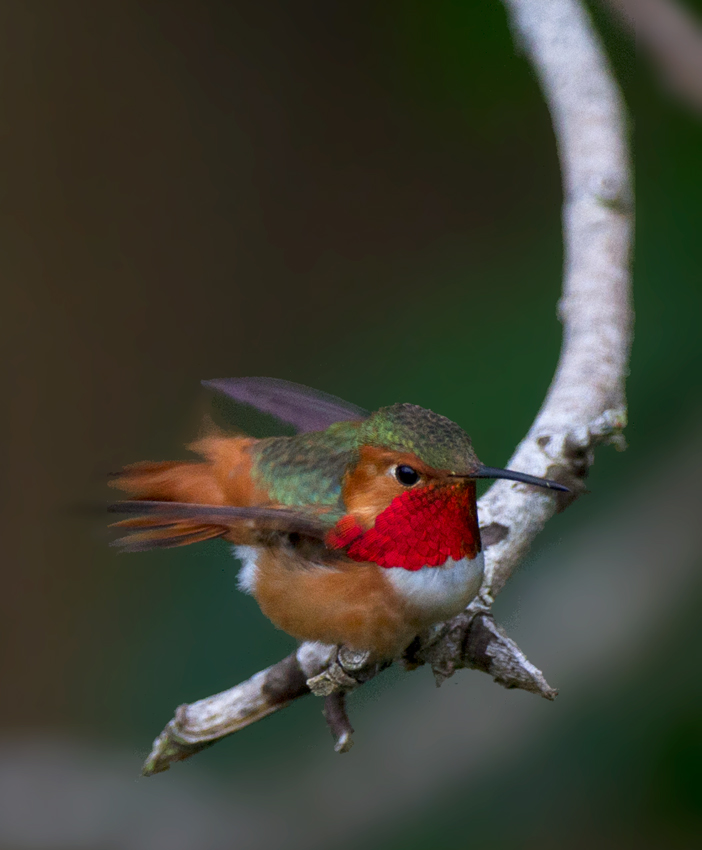 The new year has begun and so has the spring migration for some bird species in Santa Cruz County. Watch for Allen's Hummingbirds, which will be returning in early January. Many Anna's Hummingbirds and Bushtits begin nest building, while other species such as Great Horned Owls, doves and pigeons can be seen tending active nests. Many resident breeding birds such as Hutton’s Vireos and Dark-eyed Juncos begin singing more frequently this month.
The new year has begun and so has the spring migration for some bird species in Santa Cruz County. Watch for Allen's Hummingbirds, which will be returning in early January. Many Anna's Hummingbirds and Bushtits begin nest building, while other species such as Great Horned Owls, doves and pigeons can be seen tending active nests. Many resident breeding birds such as Hutton’s Vireos and Dark-eyed Juncos begin singing more frequently this month. 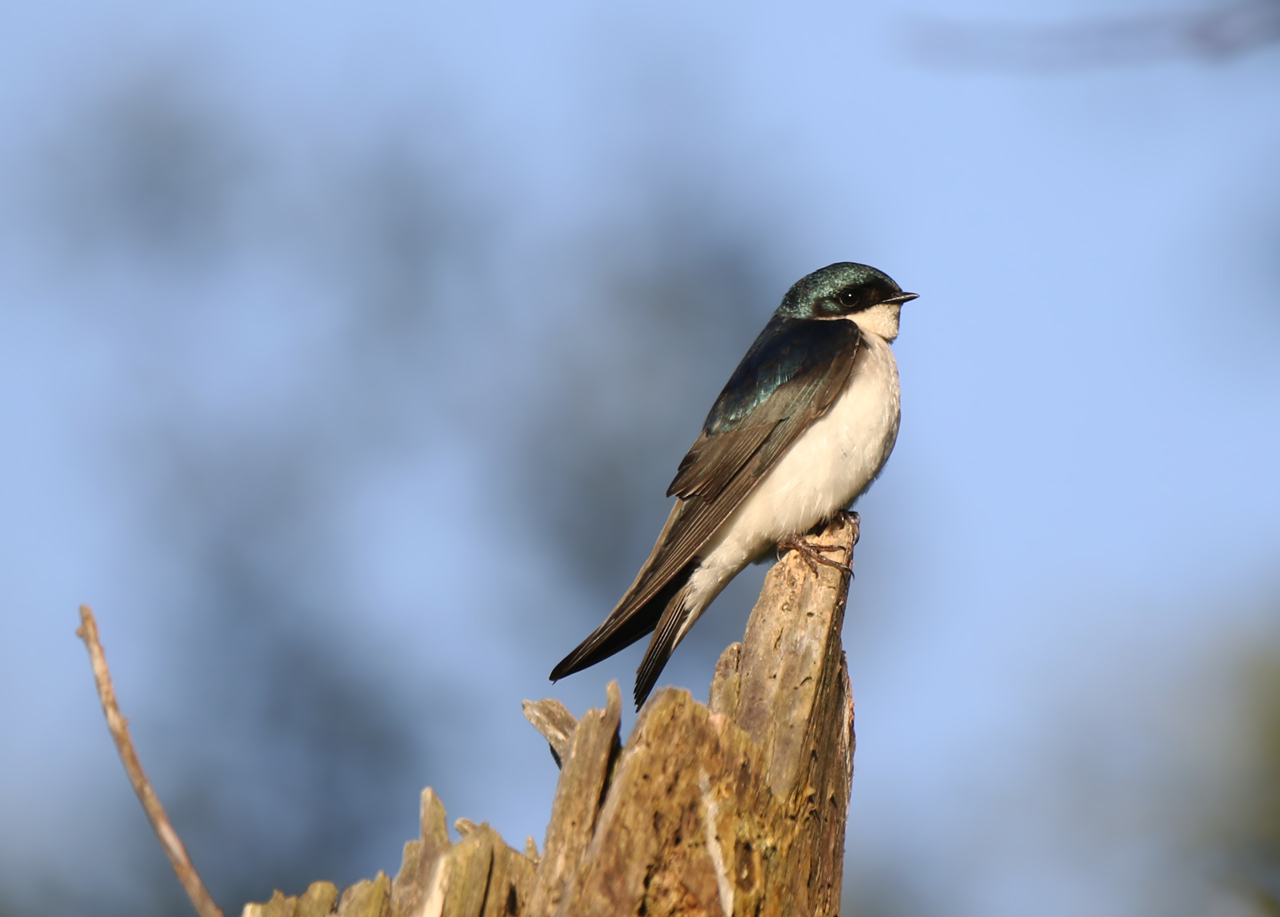 February has arrived and there is an abundance of bird activity throughout Santa Cruz County. Anna's Hummingbirds and Bushtits are nesting now, and the first Dark-eyed Juncos and other cavity nesters may begin nest building this month as well. Allen's Hummingbird numbers continue to grow and Rufous begin to arrive. Brandt's Cormorants are showing breeding plumes now and are starting nests at places like the Cement Ship. Also look for white flank patches on Pelagic Cormorants as they too may start gathering nesting material for nests along the cliff faces of the north coast.
February has arrived and there is an abundance of bird activity throughout Santa Cruz County. Anna's Hummingbirds and Bushtits are nesting now, and the first Dark-eyed Juncos and other cavity nesters may begin nest building this month as well. Allen's Hummingbird numbers continue to grow and Rufous begin to arrive. Brandt's Cormorants are showing breeding plumes now and are starting nests at places like the Cement Ship. Also look for white flank patches on Pelagic Cormorants as they too may start gathering nesting material for nests along the cliff faces of the north coast. 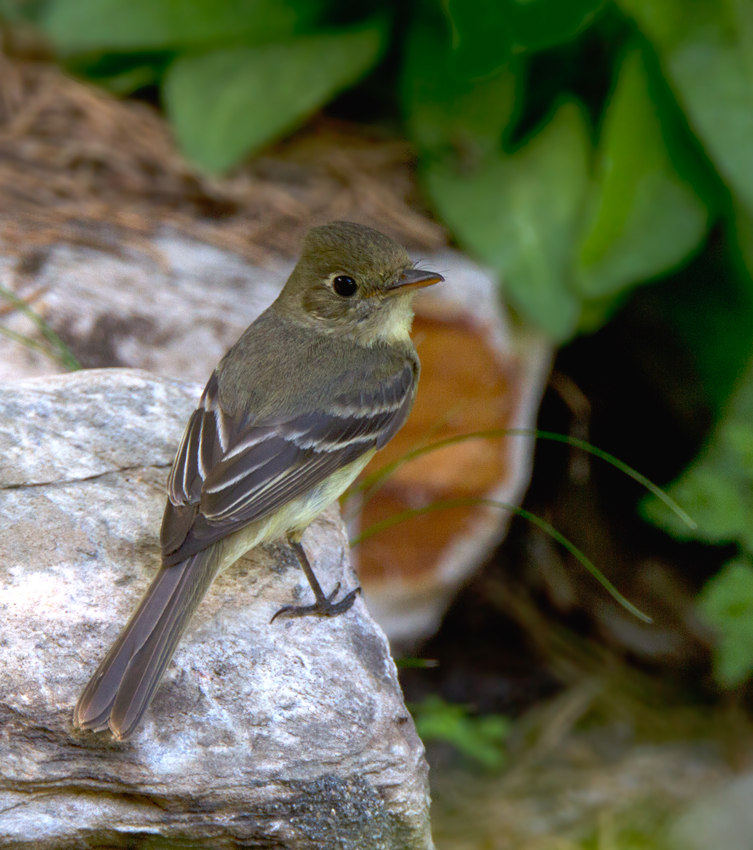 March has arrived and so has the first big month of spring migration here in Santa Cruz County. While many of our Fall/Winter migrants start leaving this month, many of the Spring/Summer species will begin to arrive.
March has arrived and so has the first big month of spring migration here in Santa Cruz County. While many of our Fall/Winter migrants start leaving this month, many of the Spring/Summer species will begin to arrive. 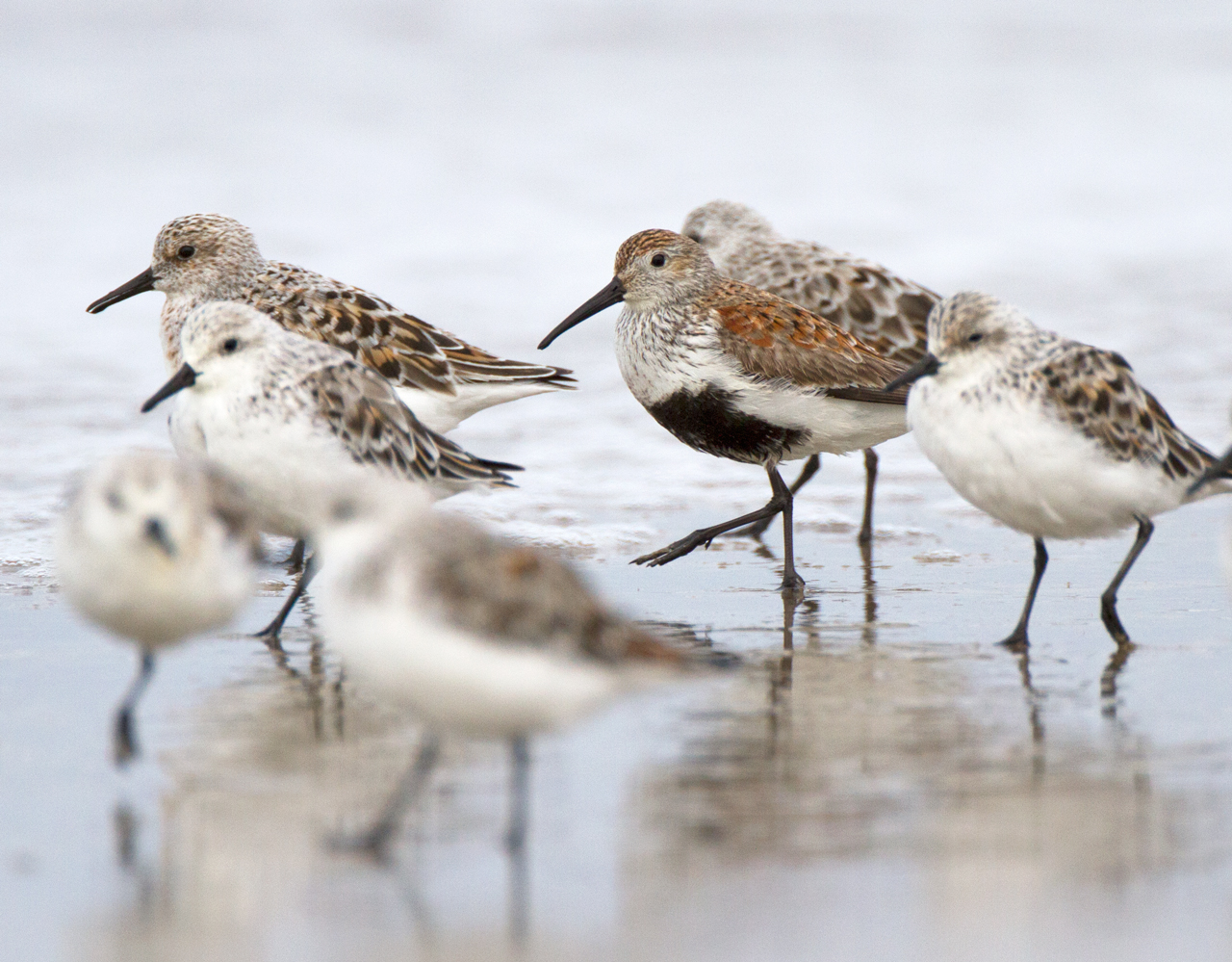 It's April, spring is in full bloom, and migrants are arriving every day to Santa Cruz County. During this month there will be a major migratory movement of many species, on land and at sea.
It's April, spring is in full bloom, and migrants are arriving every day to Santa Cruz County. During this month there will be a major migratory movement of many species, on land and at sea.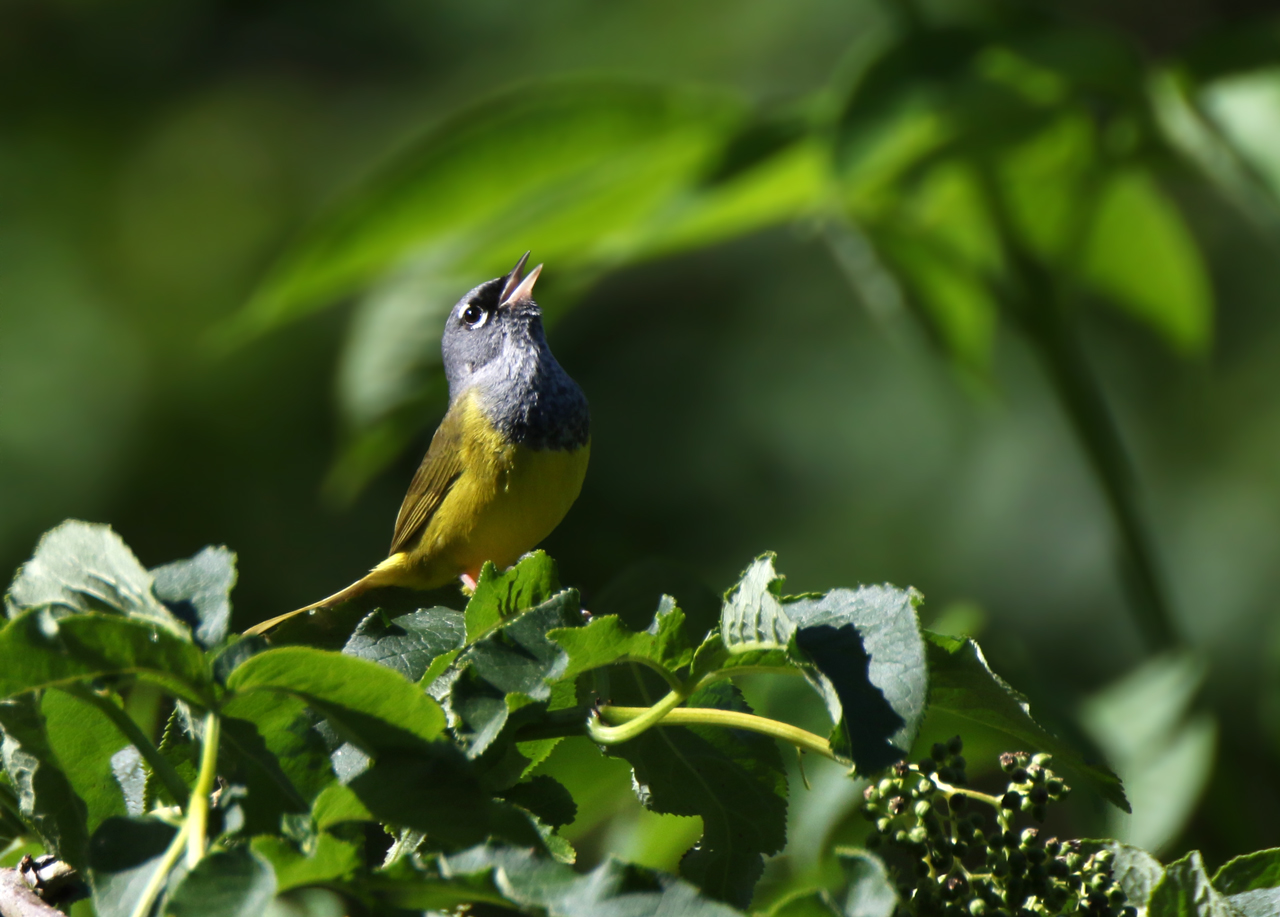 May is here in Santa Cruz County, most of our spring migrants have arrived by now, and nesting activity for most species has begun in earnest. Along the coast, many Western Gulls begin building nests this month, while Canada Geese, Mallards, and Pied-billed Grebes are already among those to be seen escorting small groups of young on the water. On land, other species from Bushtits to Crows are already working hard to feed their demanding chicks.
May is here in Santa Cruz County, most of our spring migrants have arrived by now, and nesting activity for most species has begun in earnest. Along the coast, many Western Gulls begin building nests this month, while Canada Geese, Mallards, and Pied-billed Grebes are already among those to be seen escorting small groups of young on the water. On land, other species from Bushtits to Crows are already working hard to feed their demanding chicks.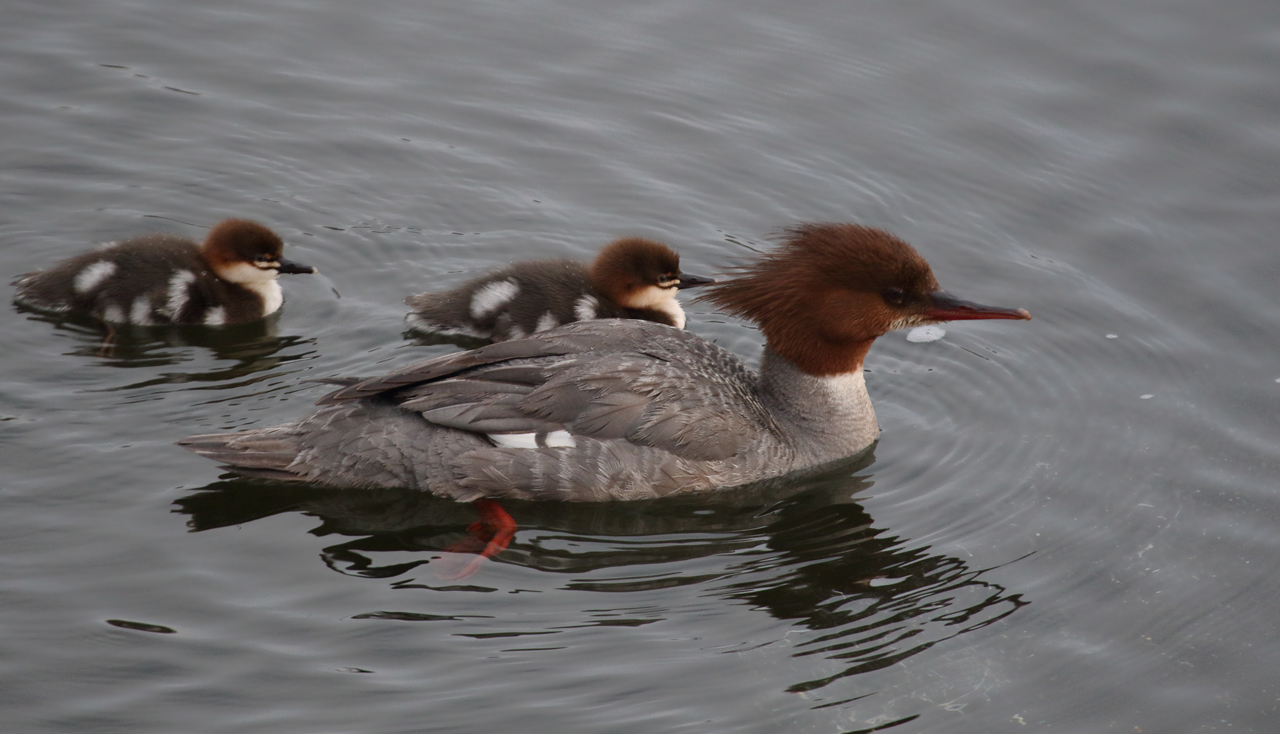 June has arrived in our county and because migration is a year-round event, there are plenty of birds to search for this month. Early June is a great time to look for “Eastern” and other vagrants at hotspots on the coast and also in the mountains. Rarities such as Red-eyed Vireo, Summer Tanager, Indigo Bunting, and Rose-breasted Grosbeak sometimes turn up in June as do some warbler species like American Redstart, Magnolia, Chestnut-sided, and Northern Parula. Willow Flycatchers often appear in places such as the Pajaro Valley wetlands and river corridor, Bethany Curve, Natural Bridges and Lighthouse Field at this time of year, so it’s good to review their field marks in preparation. Another bird that is present in June but seldom reported is Common Poorwill, particularly around Loma Prieta.
June has arrived in our county and because migration is a year-round event, there are plenty of birds to search for this month. Early June is a great time to look for “Eastern” and other vagrants at hotspots on the coast and also in the mountains. Rarities such as Red-eyed Vireo, Summer Tanager, Indigo Bunting, and Rose-breasted Grosbeak sometimes turn up in June as do some warbler species like American Redstart, Magnolia, Chestnut-sided, and Northern Parula. Willow Flycatchers often appear in places such as the Pajaro Valley wetlands and river corridor, Bethany Curve, Natural Bridges and Lighthouse Field at this time of year, so it’s good to review their field marks in preparation. Another bird that is present in June but seldom reported is Common Poorwill, particularly around Loma Prieta.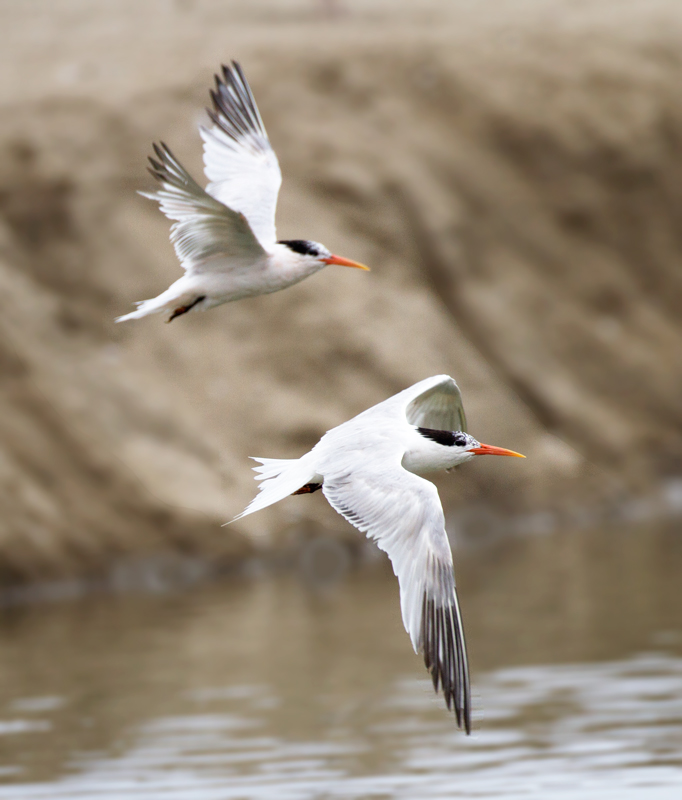 July has arrived, it's the middle of summer, and there is a lot of birding activity in our county. Many species are still actively breeding and some are even raising a second brood. There seems to be recently fledged young everywhere and lots of juveniles can be heard begging for food from their parents. Many bird fledglings will be dispersing from their natal grounds during the month.
July has arrived, it's the middle of summer, and there is a lot of birding activity in our county. Many species are still actively breeding and some are even raising a second brood. There seems to be recently fledged young everywhere and lots of juveniles can be heard begging for food from their parents. Many bird fledglings will be dispersing from their natal grounds during the month. 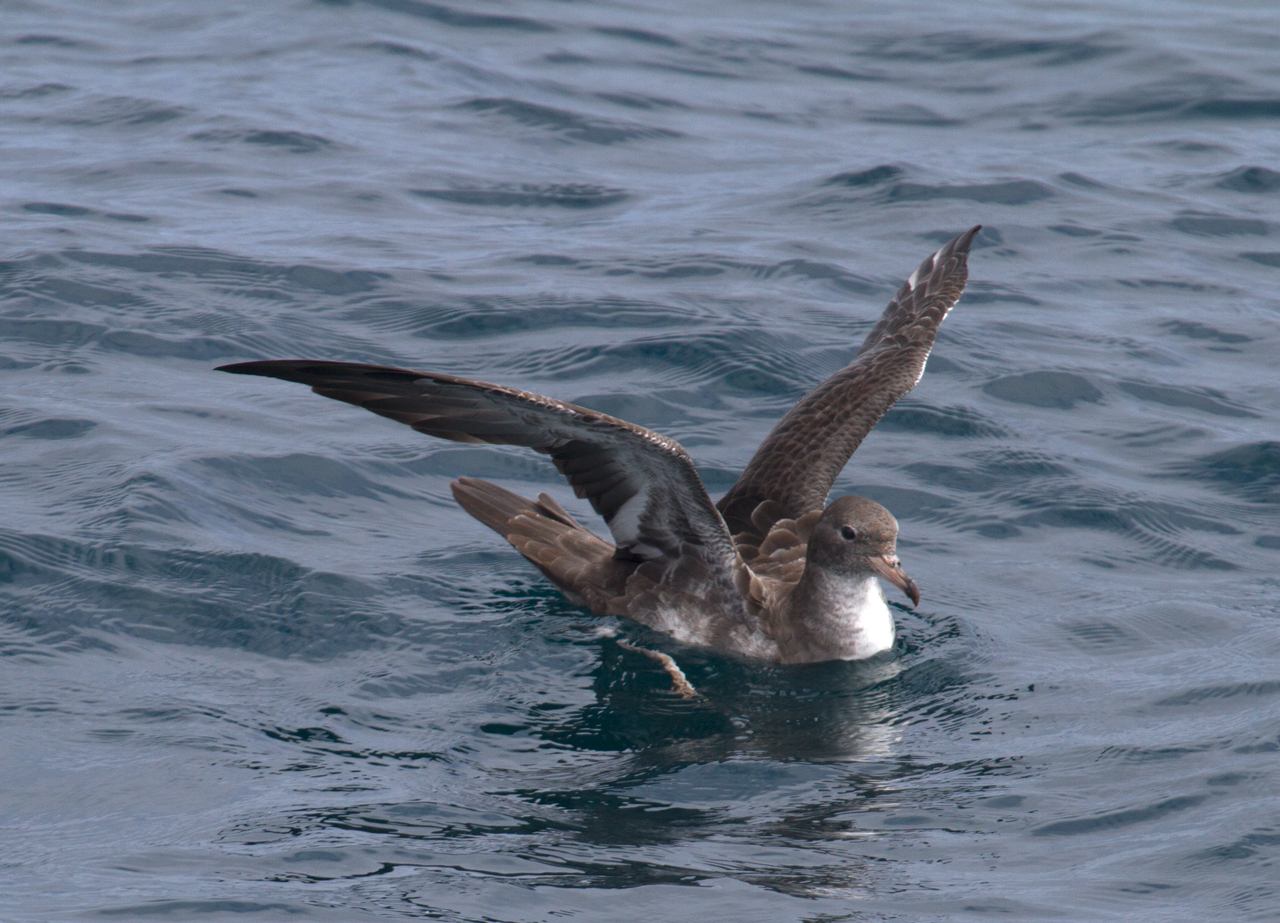 It's already August, and although it still seems like the middle of summer, many of the breeding birds in our area will be leaving and winter species arriving by the end of the month as fall migration picks up. Many rarities have turned up in Santa Cruz County through the years in the month of August.
It's already August, and although it still seems like the middle of summer, many of the breeding birds in our area will be leaving and winter species arriving by the end of the month as fall migration picks up. Many rarities have turned up in Santa Cruz County through the years in the month of August.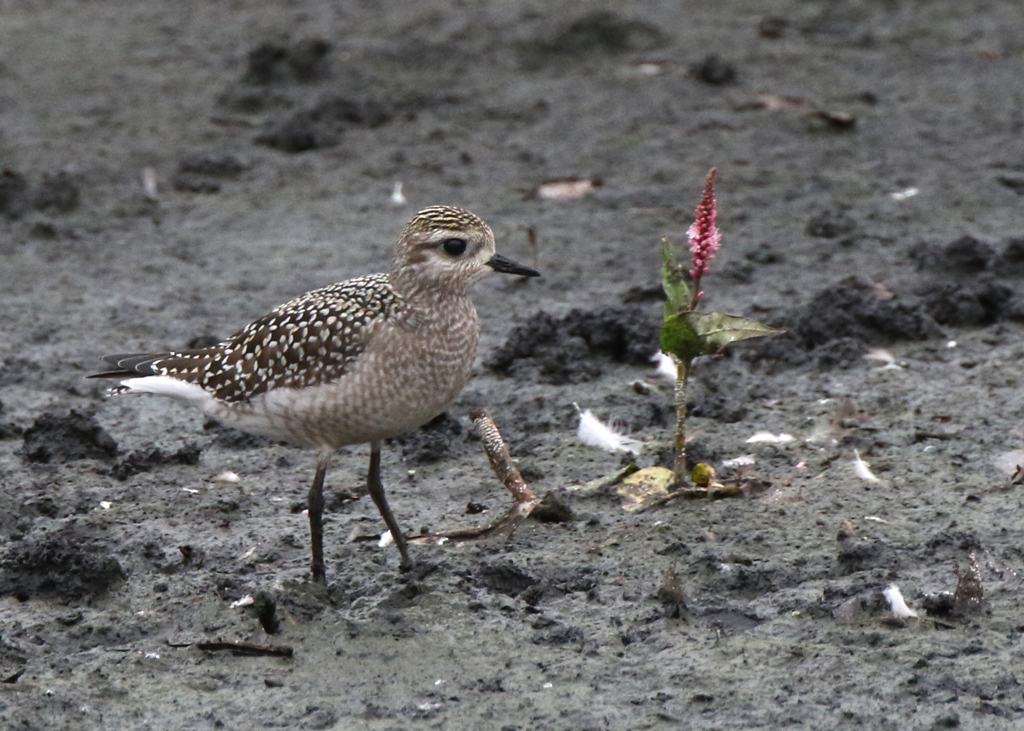 September has arrived and so has the anticipation and excitement of finding some rarities during one of the best months for fall migration in Santa Cruz County. There should be a lot of bird activity all month long on land and at sea.
September has arrived and so has the anticipation and excitement of finding some rarities during one of the best months for fall migration in Santa Cruz County. There should be a lot of bird activity all month long on land and at sea. 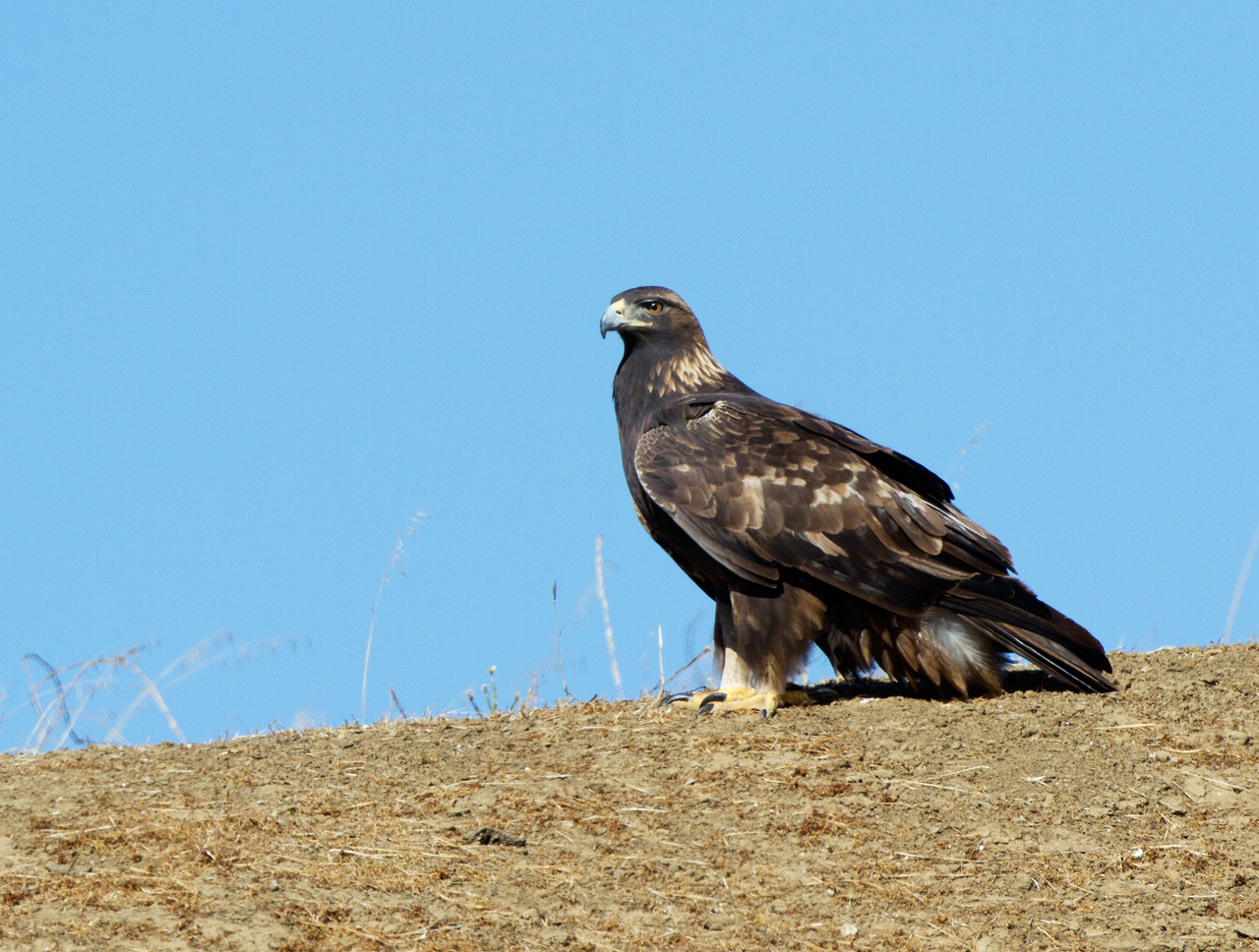 It's October and the fall migration is in full swing as many species are continuing to move through or into the county. Gone for the summer now are the Hooded Orioles and most of the Black-headed Grosbeaks. The last Swainson's Thrushes are passing through, but be on the watch as Hermit Thrushes are returning.
It's October and the fall migration is in full swing as many species are continuing to move through or into the county. Gone for the summer now are the Hooded Orioles and most of the Black-headed Grosbeaks. The last Swainson's Thrushes are passing through, but be on the watch as Hermit Thrushes are returning.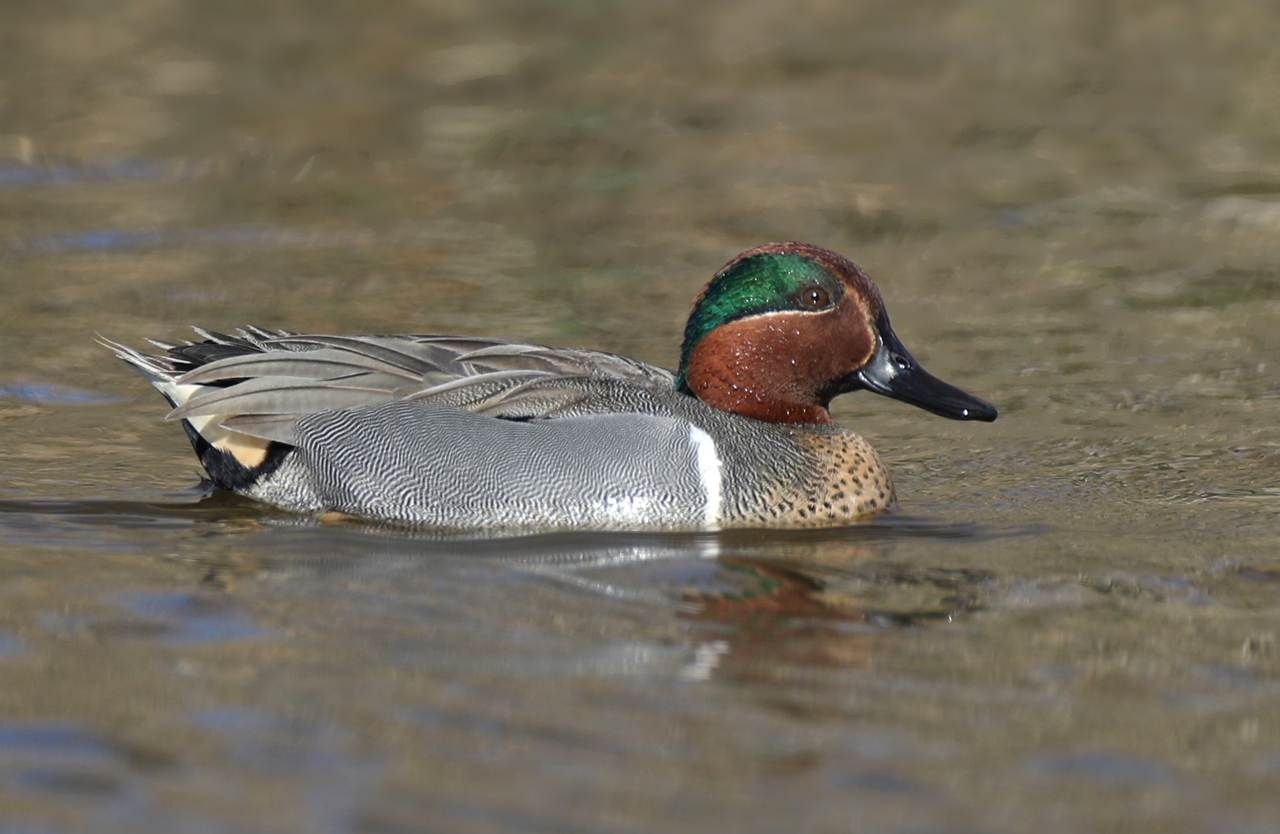 It's November and even though fall migration is slowing down, there are still many species of birds to watch for this month. The peak of landbird migration has past, but waterbird migration is still moving well throughout the month. November has a long history of rarities, so keep checking the coastal vagrant traps for late eastern warblers, rare flycatchers, and more. Flowering Eucalyptus in Santa Cruz, Capitola, Pajaro Dunes, and elsewhere may harbor late tanagers and orioles as well. It's also time to look for irruptive species such as Varied Thrush, Red Crossbill, and perhaps Evening Grosbeak.
It's November and even though fall migration is slowing down, there are still many species of birds to watch for this month. The peak of landbird migration has past, but waterbird migration is still moving well throughout the month. November has a long history of rarities, so keep checking the coastal vagrant traps for late eastern warblers, rare flycatchers, and more. Flowering Eucalyptus in Santa Cruz, Capitola, Pajaro Dunes, and elsewhere may harbor late tanagers and orioles as well. It's also time to look for irruptive species such as Varied Thrush, Red Crossbill, and perhaps Evening Grosbeak.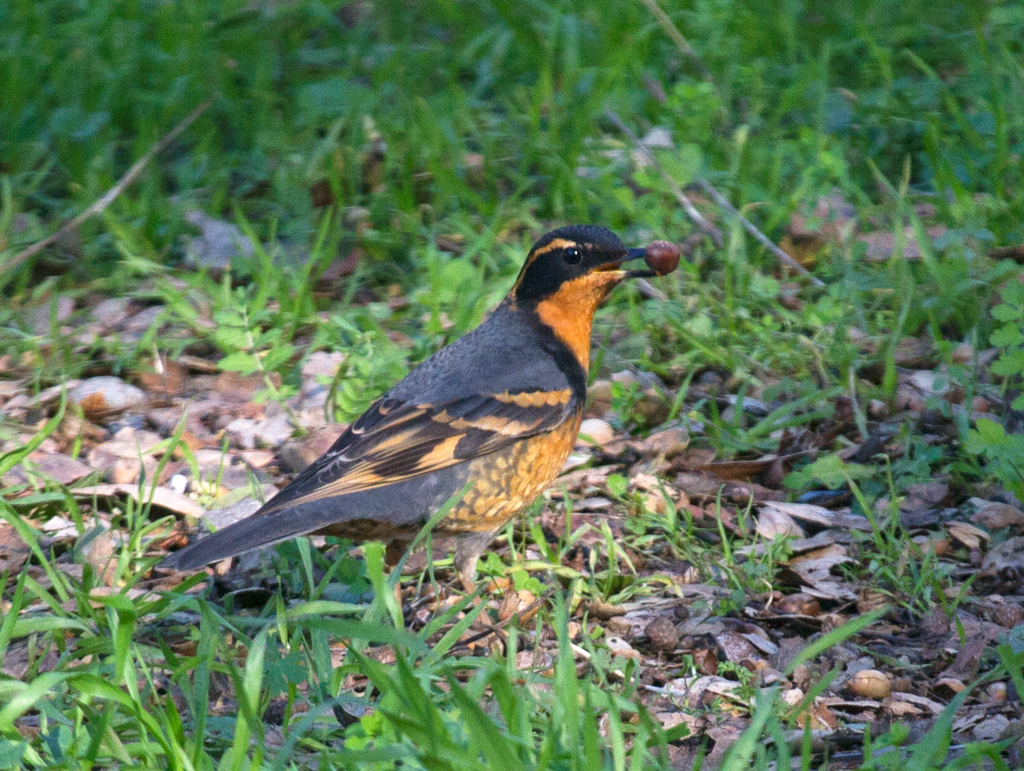 Be on the lookout for late migrant or over-wintering orioles, tanagers, grosbeaks, flycatchers, and warblers which are sometimes found in early December. Least, Dusky, Hammond's, and Dusky-capped Flycatchers have all been found in December, as well as Summer Tanagers, Rose-breasted Grosbeaks, and the occasional oriole. Over 20 species of warblers have turned up in past Decembers. Check coastal hotspots like Natural Bridges SB, Ocean View Park, and Lighthouse Field SB, especially where there is flowering or fruiting plants such as Eucalyptus, ivy, and other exotics. Bethany Curve hosted a Black-and-white Warbler the past few winters, and may be doing so again; one was seen there this November.
Be on the lookout for late migrant or over-wintering orioles, tanagers, grosbeaks, flycatchers, and warblers which are sometimes found in early December. Least, Dusky, Hammond's, and Dusky-capped Flycatchers have all been found in December, as well as Summer Tanagers, Rose-breasted Grosbeaks, and the occasional oriole. Over 20 species of warblers have turned up in past Decembers. Check coastal hotspots like Natural Bridges SB, Ocean View Park, and Lighthouse Field SB, especially where there is flowering or fruiting plants such as Eucalyptus, ivy, and other exotics. Bethany Curve hosted a Black-and-white Warbler the past few winters, and may be doing so again; one was seen there this November.